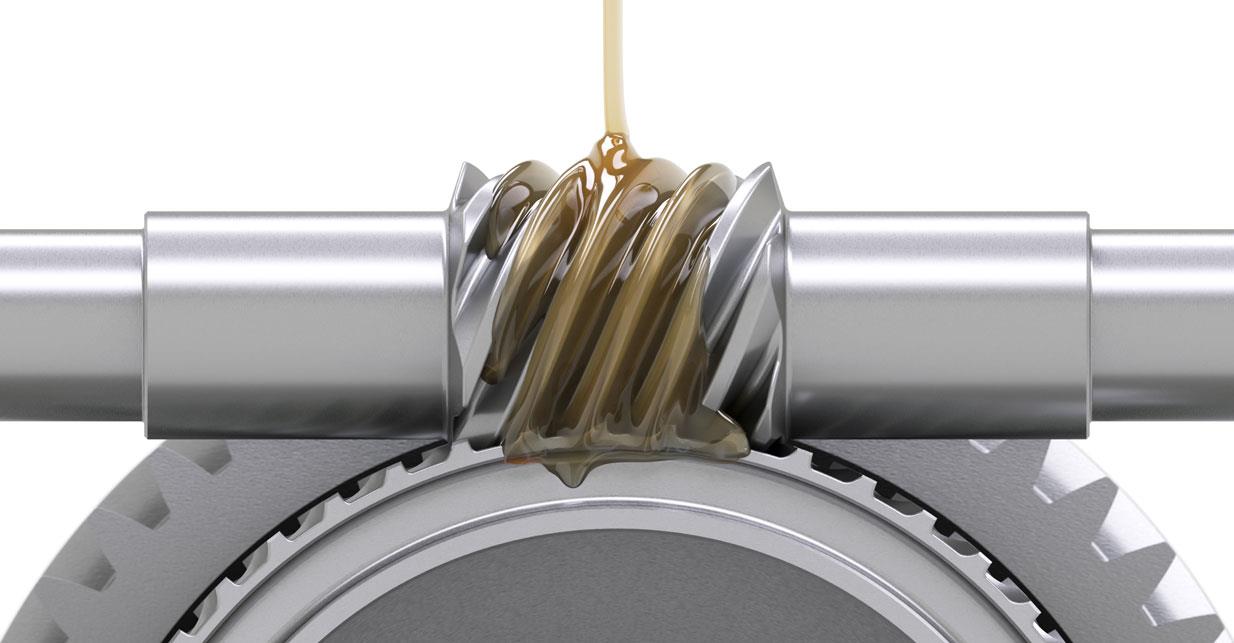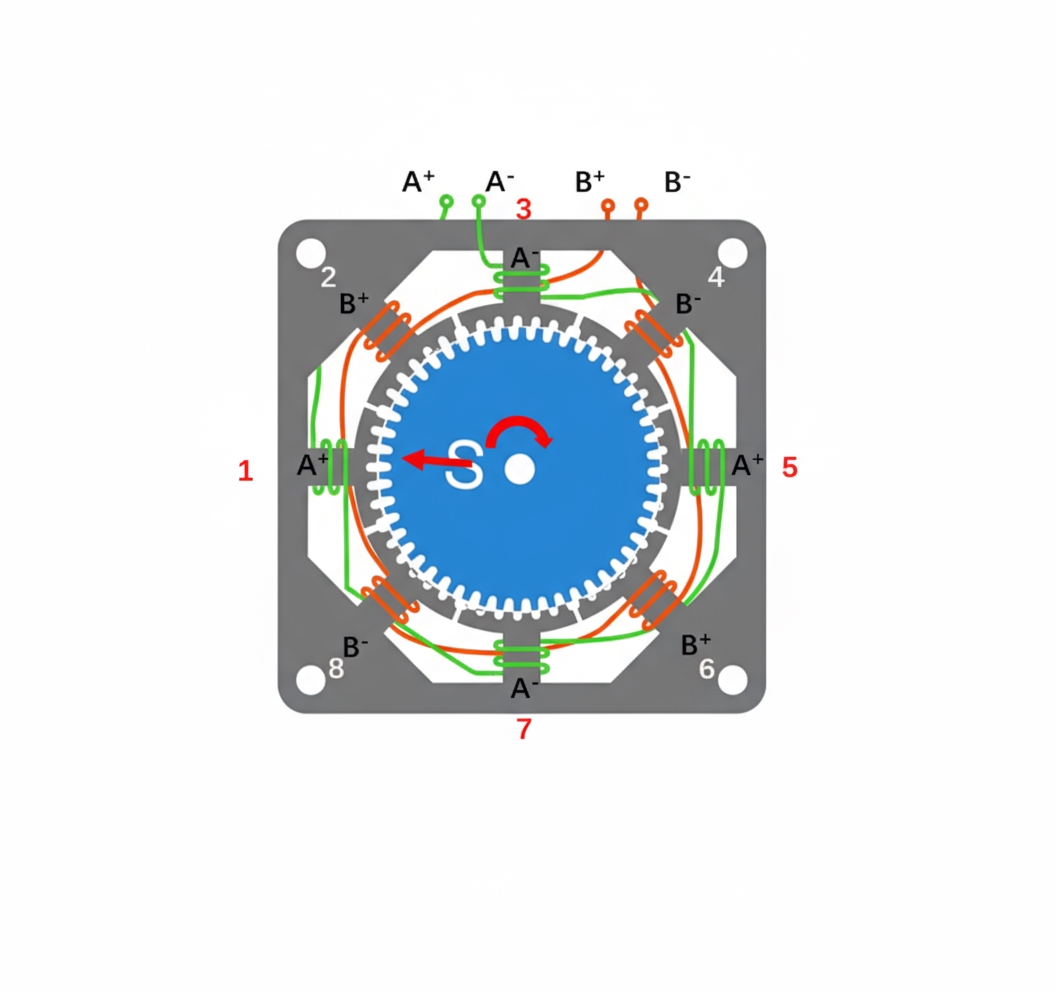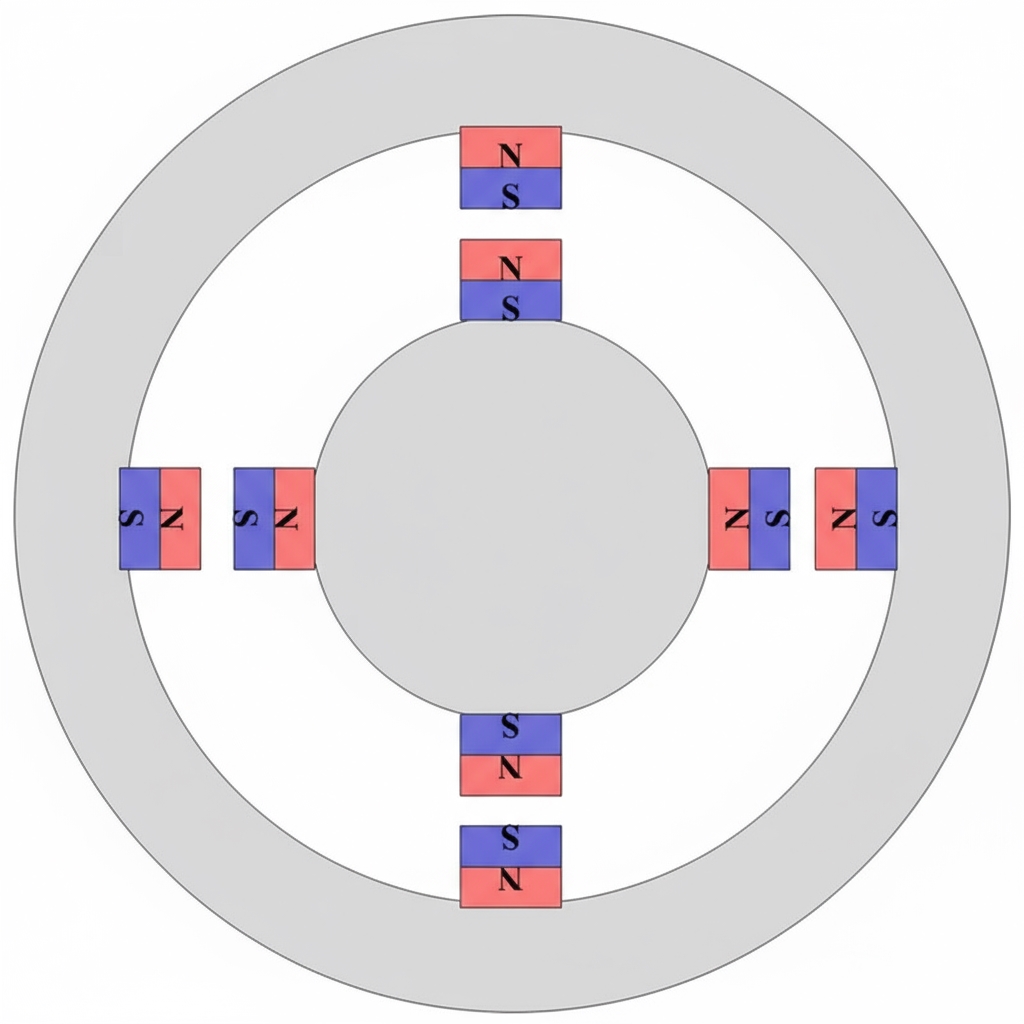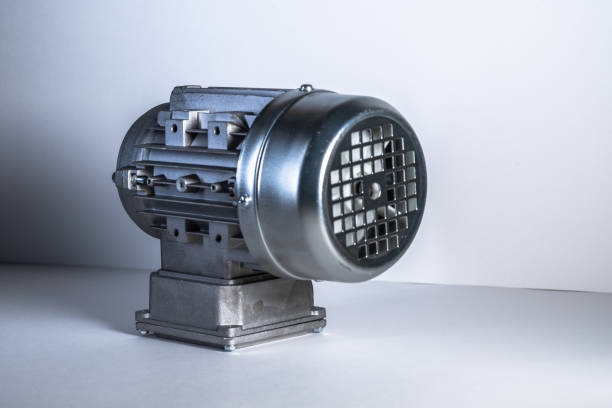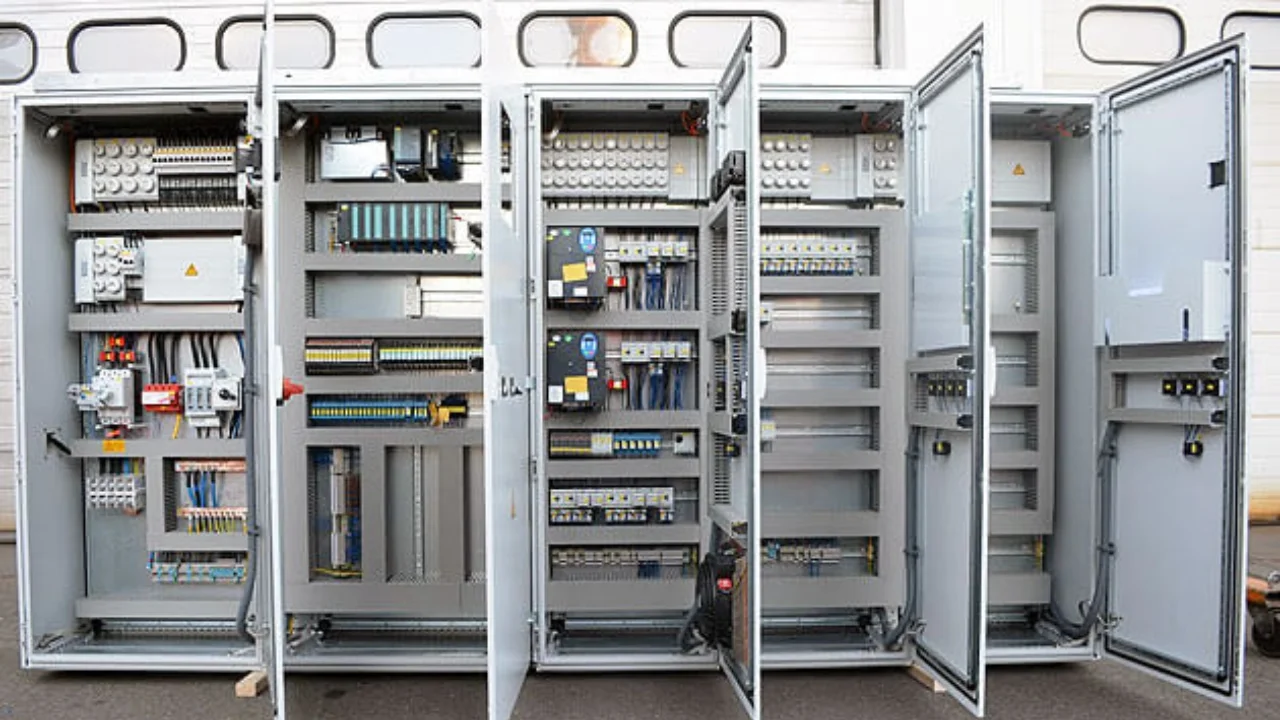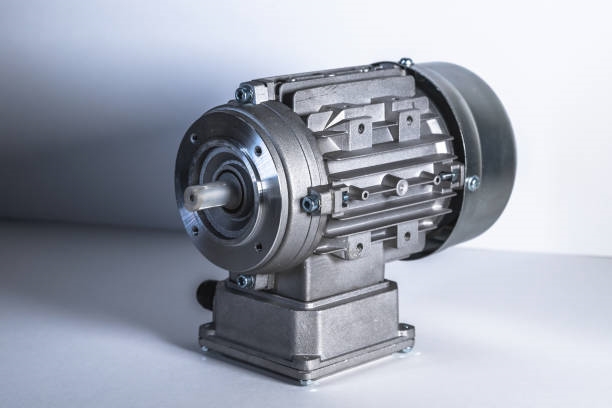Overview
Gear reducers are used in low-speed, high-torque transmission systems. They reduce speed and increase torque by meshing a small-number-of-teeth gear on the input shaft with a larger gear on the output shaft. Gear reducers are relatively precise mechanical devices; their primary purpose is to lower rotational speed and increase torque.
1. Role of Lubricant in Gear Reducers
In gear transmissions, lubricants primarily reduce friction and wear between bearings (roller bearings, ball bearings, needle bearings, etc.) and other mechanical transmission components. They lower frictional resistance at contact surfaces, reduce energy consumption, improve transmission efficiency, extend component service life, and help ensure reliable operation. Lubricants also provide damping, cooling and heat dissipation, rust prevention, and noise reduction.
2. Common Faults Caused by Lubricant-Related Issues
(1) Irregular internal design: Thin or poorly designed cover plates over inspection ports can deform after tightening fasteners, creating gaps that leak oil. Castings that are not stress-relieved during manufacture can deform and form gaps that leak. Lack of oil-return grooves in the housing can allow lubricant to accumulate at mating surfaces, causing pressure differences that force oil out through joint gaps.
(2) Housing leaks and environmental contamination: Oil seals, gaskets, oil plugs, or oil level indicators can be damaged, causing housing leaks. Excessive oil level or repeated cold starts can generate foaming, which may lead to significant leakage at the breather and serious contamination of the surrounding area.
(3) Overtemperature causing component damage: Insufficient lubricant or overload can cause internal oil temperature to rise rapidly, producing local damage. Components with residual internal stress may deform when heated, degrading reducer accuracy. High temperature can also reduce material strength and lead to failure. In severely worn or poorly operating reducers, ingress of foreign objects can jam transmission parts and cause irregular rotation or excessive vibration.
(4) Vibration and noise: After startup, worn gears or bearings, or poor assembly of transmission components, can cause significant vibration. Bearing damage, gear wear, gear tooth damage, or trapped foreign objects can produce loud, persistent, high-pitched noise, creating serious noise pollution.
(5) Poor gear lubrication causing tooth-surface wear: In harsh operating environments, a stable lubricant film may not form on meshing surfaces, leading to pitting, friction wear, or deformation on gear surfaces, bearing bores, and shaft journals, eventually causing severe gear surface wear.
3. Root Causes of Lubricant-Related Failures
(1) Improper lubricant selection: Different parts of a reducer require lubricants with specific types, viscosities, and properties. Correct selection reduces friction between contact surfaces, minimizes gear surface wear, and lowers noise and vibration. Incorrect selection reduces lubricating effectiveness, makes the hydrodynamic film prone to rupture, causes metal-to-metal contact and stress concentration, and can severely damage gears or the entire unit.
(2) Incorrect lubricant level: During high-speed operation, the oil sump is vigorously agitated and lubricant is flung around inside the housing. Excessive oil level can lead to accumulation at seals, end covers, and mating surfaces, increasing leakage, raising running resistance of bearings and gears, increasing power consumption, reducing cooling space, raising oil temperature, lowering viscosity, thinning the oil film, and degrading lubrication. Insufficient oil causes gears, bearings, and mating surfaces to lack adequate lubrication, resulting in boundary or dry friction and accelerated wear.
(3) Contamination by air, mechanical particles, or free water: Lubricant in service is susceptible to contamination by particulates, water, and air. Free water can induce acidity in the oil and corrode metal parts, increasing wear. Entrained air accelerates oil oxidation and degradation, and can promote corrosion of metal parts. Solid contaminants lower oil cleanliness, degrade oil quality and viscosity grade, cause sticking or malfunction of control systems, and can lead to component failure.
4. Preventive Measures
(1) Lubricant selection: Choose the appropriate lubricant grade based on operating environment, load magnitude, motion characteristics, and friction type. For example, high-speed gears require low-viscosity, good-flowing gear oil; low-speed gears benefit from anti-wear lubricants; low-temperature operation requires low-pour-point gear oils.
(2) Lubricant handling and maintenance: To ensure proper operation, follow correct lubricant handling procedures. Keep filling equipment clean to prevent ingress of contaminants into the oil reservoir. Add lubricant in controlled amounts according to the manufacturer's instructions, and perform regular oil changes. Maintain lubricant within stable, suitable environmental conditions; operating oil temperature is typically kept at or below 80°C to reduce adverse environmental effects on the lubricant.
Additionally, selecting lubricants appropriate for the reducer type and application not only stabilizes lubrication performance but can also lower lubrication-related costs.
(3) Preventive maintenance and fault diagnosis: Strengthen theoretical training on lubricant maintenance and fault diagnosis, understand reducer operating principles, and link theory to practice. Perform regular lubricant inspections and investigate anomalies immediately to enable early diagnosis and remediation. Periodically clean components to maintain cleanliness of working parts, enhance component upkeep, reduce contamination-induced wear, and extend reducer service life.
 ALLPCB
ALLPCB


